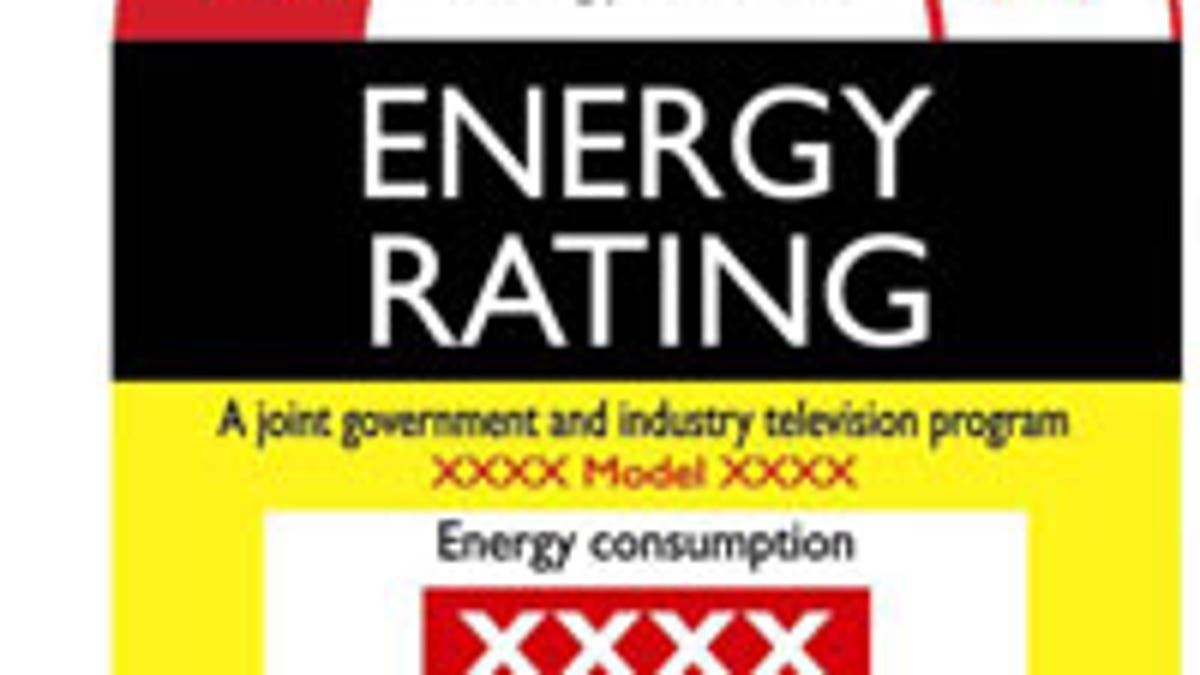Energy star ratings coming to a TV near you
The first television to carry an energy star rating is set to hit Australian shelves in December.

We've seen energy consumption ratings on white goods since the mid-1980s, but now we'll start seeing the familiar stars on new TVs as well as refrigerators, washers, dryers, dishwashers and air conditioners.
Announced earlier this year by the Minister for Environment, Heritage and The Arts, Peter Garrett, this joint government and industry TV labelling program is currently voluntary, but will begin its mandatory implementation in April 2009.
The ratings span from one to six stars and are calculated according to a standardised formula to measure a product's energy consumption in kWh per year. According to government guidelines, any model that earns less than a one star rating in the mandatory scheme will be banned from sale in this country.
Panasonic will be one of the first companies to embrace the voluntary program, as its new 26-inch Panasonic Viera TX-26LXD8A LCD (AU$999) will soon appear in stores carrying a rating of three stars. The company intends to label all new Viera plasma and LCD televisions as they are released to the market.
The energy awareness initiative should work to address the long-held concerns that big screen TVs are among the most power-hungry appliances in the home — a charge that in the past was a criticism particularly of plasma models, a technology that is one of Panasonic's fortes. The company, as well as most other major plasma and LCD manufacturers, has worked steadily to reduce the levels of power consumption from the early days of the technologies.
Panasonic's green credentials stem from its Japanese parent, which is heavily involved in that country's mandatory appliance recycling program. At its Matsushita Eco Technology Center (METEC) in Yashiro, the company conducts research to design new products that will include more recycled components. E-waste recycling is unfortunately still in its infancy in Australia. Sims Metal Management, the company behind the new e-waste recycling centre in suburban Sydney, estimates that only 4 per cent of Australia's e-waste is recycled.

